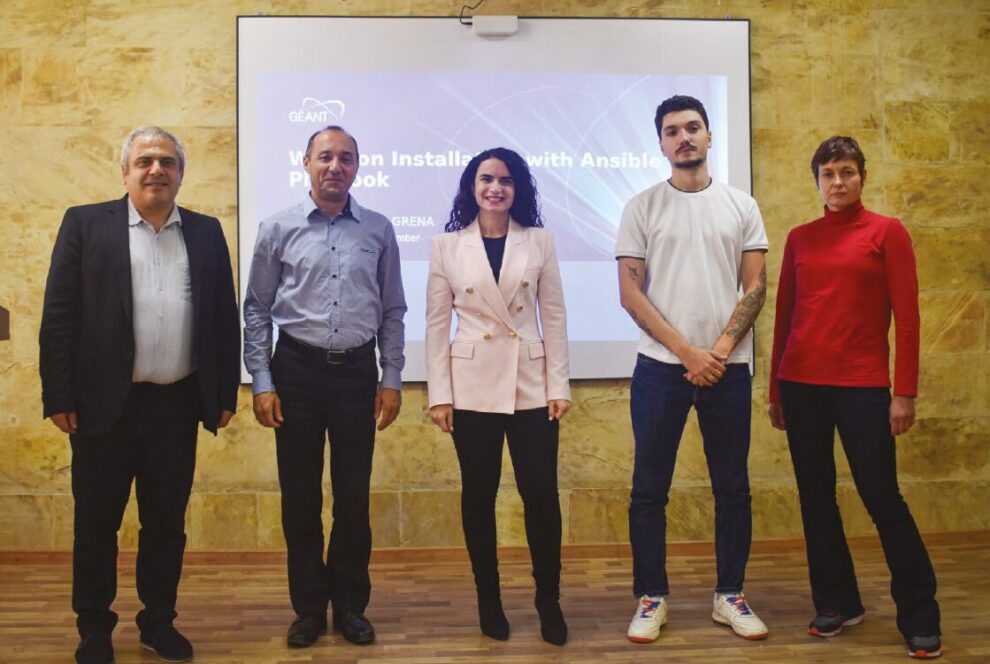Words: Elisantila Gaci (RASH), Robert Tadevosyan, (ASNET-AM) and William Kibirango (RENU)
If you want to turn your Wi-Fi drama into Wi-Fi nirvana, WiFiMon is the right tool to help network administrators pinpoint issues quickly and take proactive measures to address them, ultimately improving the user experience.
WiFiMon has recently attracted significant interest from multiple organisations spread across the world. New WiFiMon users originate from National Research and Education Networks (NRENs) as well as research institutions. These organisations are: (i) RENU, the NREN of Uganda, (ii) ASNET-AM, the Armenian NREN, (iii) CERN, the European Organisation for Nuclear Research in Europe and (iv) RNP, the Brazilian NREN.
These users have been closely collaborating with the WiFiMon team during the previous two years by employing WiFiMon to efficiently monitor their Wi-Fi networks as well as proposing new features based on their experience and network monitoring needs. Indicatively, discussions with CERN and ASNET-AM resulted in the development of a novel feature, which helps WiFiMon administrators detect points of significant interest within the performance measurements.
ASNET-AM and WiFiMon
ASNET-AM started using the WiFiMon service two and a half years ago. During this period, multiple WiFiMon versions have been installed and the corresponding monitoring features have been extensively tested. Currently, ASNET-AM utilises WiFiMon to monitor Wi-Fi performance in production networks based on a single-node WiFiMon installation (version 2.2.0). The current WiFiMon installation relies on both WSPs and WHPs, monitoring the performance of approximately 200 Wi-Fi users, including researchers, professors, engineers, and university students. Regarding WHP measurements, two Raspberry Pi devices are used, which are installed in two major Points of Presence (PoPs) across ASNET-AM: Presidium of NAS RA and IIAP NAS RA.
RENU and WiFiMon
At RENU, requirements for Wi-Fi performance monitoring have been closely related to the deployment of Metro eduroam (i.e. eduroam away from campus). Metro eduroam has transformed the way Ugandans carry out research and education in the country, enabling remote work during the COVID-19 pandemic. More than 200 institution sites have been included into the service, whereas Metro eduroam supports that interconnection of over 51,000 end-users off-campus. WiFiMon has been selected as a viable choice for monitoring NREN Wi-Fi performance across the Metro eduroam deployment. The main reason behind WiFiMon selection was its capabilities to capture end-user experience on the eduroam SSID, broadcasted on access points deployed on multiple sites across the country. In RENU, we are currently testing WiFiMon in conjunction with our solar-powered router deployments to expand Metro eduroam to even more remote areas in Uganda with intermittent electricity, let alone connectivity. At this stage, the need to monitor eduroam service performance has never been bigger.

Read how CERN manages its WiFi infrastructure using WiFiMon: https://connect.geant.org/2023/10/31/how-cern-manages-its-wifi-infrastructure-using-wifimon

Read or download the full magazine here







